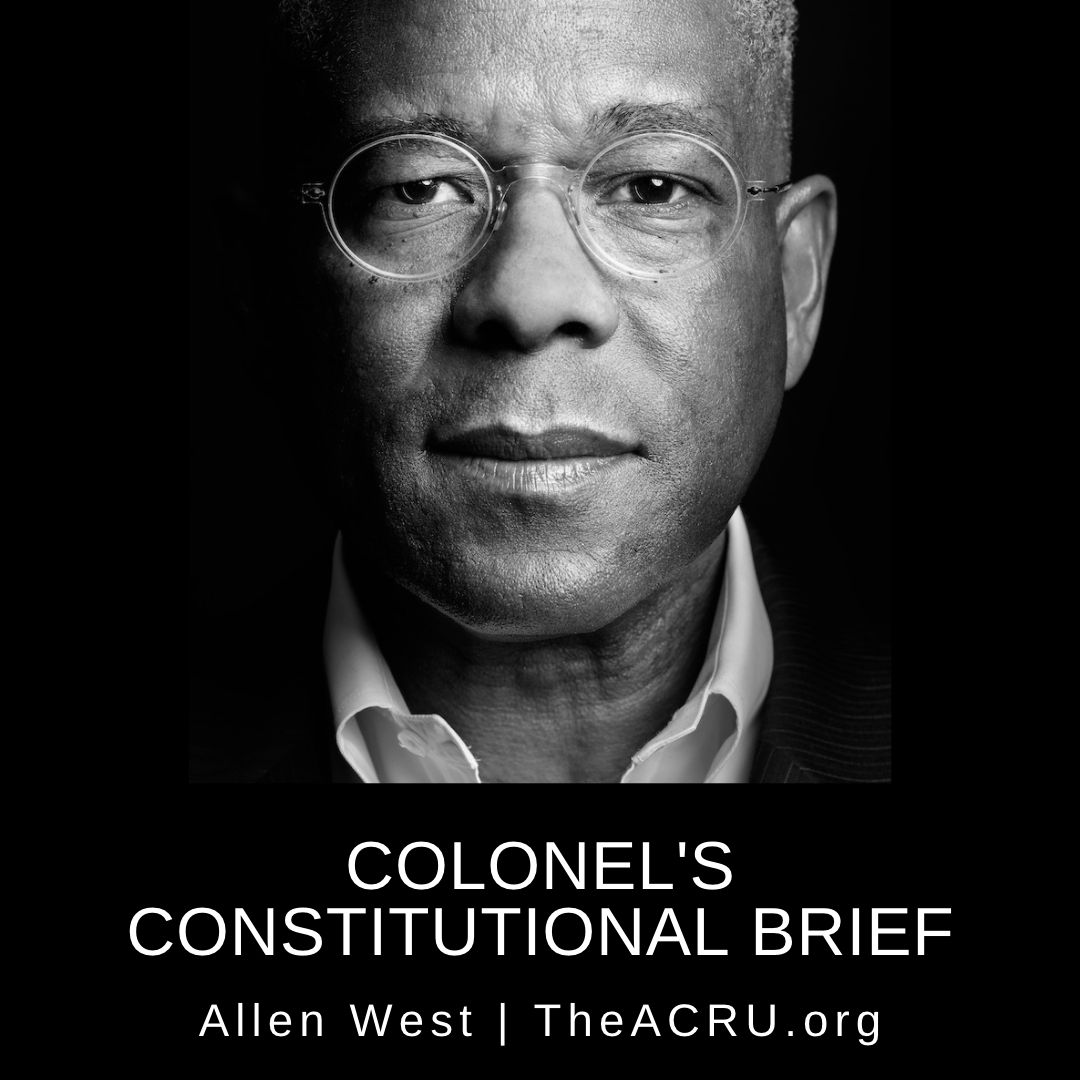Supreme Court Declines to Hear Ten Commandments Case
ACRU Staff
October 19, 2017
This column by ACRU General Counsel Ken Klukowski was published October 17, 2017 by Breitbart.
WASHINGTON, DC — The Supreme Court on Monday denied review in a major constitutional case involving a Ten Commandments display, leading experts to speculate as to when the Court will take on the “big one” on what the Constitution requires regarding faith in the public square.
The city of Bloomfield, New Mexico, granted a private citizen permission in 2011 to erect a Ten Commandments display on the lawn of the municipal complex.
Two local residents, Jane Felix and B.N. Coone, sued the city in federal court, arguing that they are offended by the Ten Commandments and that the monument’s presence on public land violates the Establishment Clause of the Constitution’s First Amendment. The Establishment Clause provides, “Congress shall make no law respecting an establishment of religion.” The Supreme Court in 1947 extended that prohibition to state and local governments as well.
The city fought back, represented by the Alliance Defending Freedom (ADF). The city lost in U.S. District Court for the District of New Mexico, and lost again on appeal at the U.S. Court of Appeals for the Tenth Circuit in Denver. On Monday, the U.S. Supreme Court declined to review the Tenth Circuit’s decision.
Many religious-liberty advocates had hoped the justices would take the case, as it comes at a time when the Supreme Court has hit an inflection point on the Establishment Clause. In the 1960s, the Court abandoned the historical limits of this constitutional provision, leading to decades of decisions that many Americans regard as hostile to religious liberty.
The most recent version of this historically groundless trajectory came in 1989, when by a 5-4 vote the Court adopted the “endorsement test,” which holds that the Establishment Clause is violated whenever a hypothetical “reasonable observer” would conclude the government is endorsing a religion. It is no surprise that many religious displays and expression were struck down under that test — almost always by the same 5-4 split — because whenever government allows faith in the public square some person might conclude the government is endorsing a religious message.
But the Court shifted in 2005 when Justice Samuel Alito replaced Justice Sandra Day O’Connor. In the only pure Establishment Clause case since then — the 2014 case Town of Greece v. Galloway — the Court abandoned the endorsement test, returning to the clause’s original meaning. The Court said that the Establishment Clause is violated when the government actually adopts an official religion, as that concept was understood in 1791 when the Bill of Rights was ratified, or when the government coerces a person to engage in a religious activity that violates the person’s conscience.
Ever since Town of Greece, religious-liberty experts have been waiting for a follow-up case that would make official that the Supreme Court had returned to a well-grounded understanding of the Establishment Clause, and throw out this “endorsement test” in favor of instead looking at history and coercion.
The Tenth Circuit in Bloomfield’s case struck down the Ten Commandments display under the endorsement test, holding that the monument endorsed religion. Lawyers from ADF and the legal powerhouse WilmerHale offered this case as a potential follow-up to Town of Greece, but the justices have declined to take up that issue for now.
The case is City of Bloomfield v. Felix, No. 17-60 at the Supreme Court.
JOIN ACRU's PATRIOT CLUB






